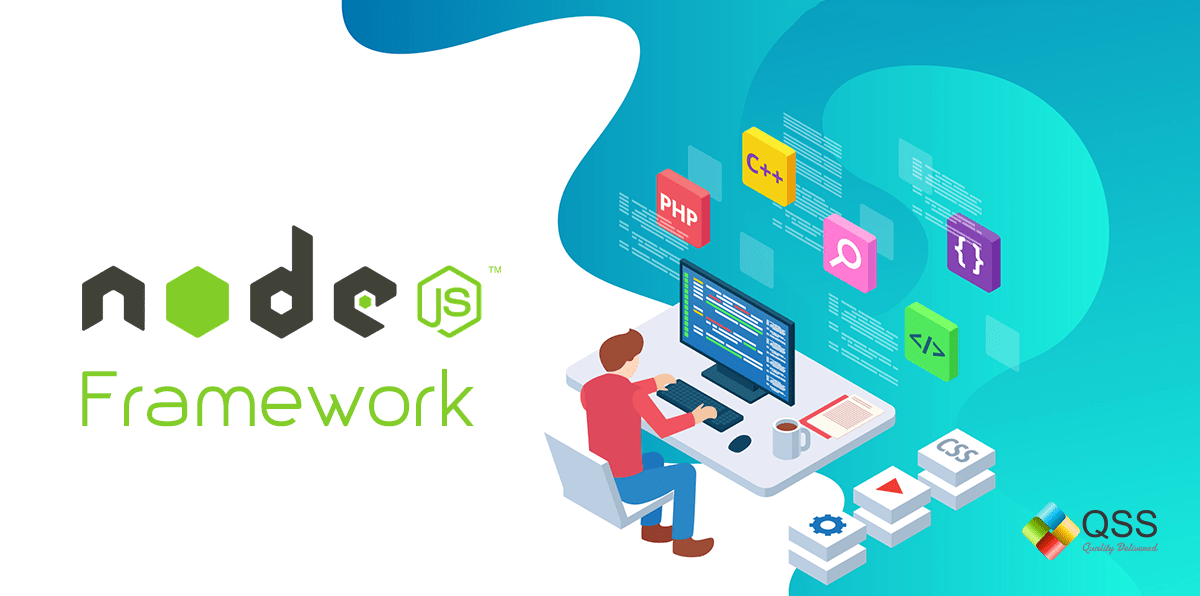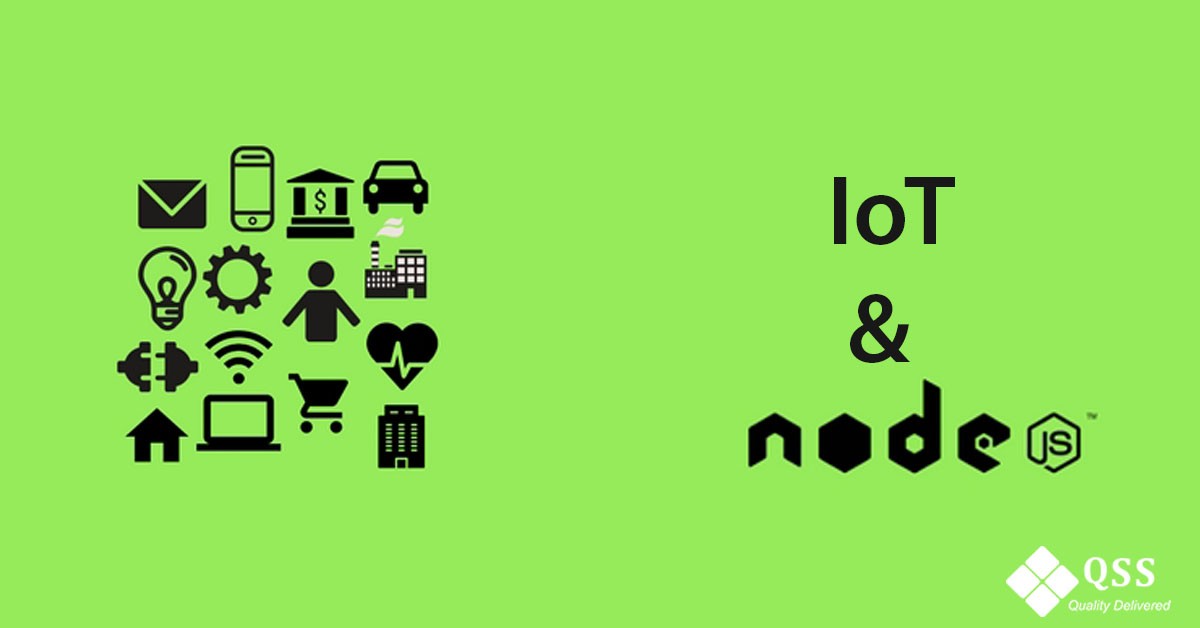PayPal, Cisco, Netflix, IBM, and Microsoft are some of the most popular names that are presently using Node.js software for their applications. Since its early introduction in 2009, this JavaScript environment has gained huge popularity across the globe. Why? Node.js is basically an exceptionally comfortable framework to work with. Furthermore, it enables the front-end developers to create and implement the code on a server-side, thereby expediting the development cycles.
As per the 2018 Node.js User Survey Report, businesses owners in the United States have experienced the improvement in their business after developing their enterprise-grade applications with the use of Node.js framework.

Source: Node.js User Survey Report 2018
According to the Stack Overflow survey, among the most popular libraries and framework Node.js occupies the top position.
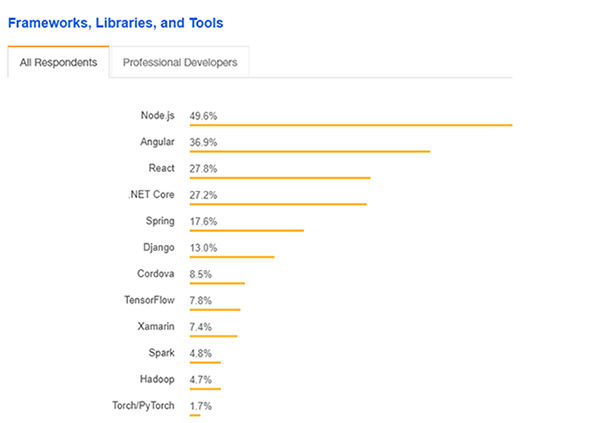
Source: Stack Overflow Developer Survey 2018
Now, the question is what all types of applications can be created with the use of Node.js framework? Let’s have a look at some of the categories of the app that you can create with the help of Node.js Development Company.
Real-Time Chats:

These days, most of the social networking and commercial websites are making use of the real-time chats for live interactions in the form of text, video or audio messages with the target audience. Node has a robust Event API that simplifies the building of specific type of objects (“emitters”) that intermittently generate named actions “listened” by event managers. Thanks to this feature, Node.js enables the seamless integration of server-side events and push notifications extensively used in instant messaging and other real-time chat apps.
The event-based architecture of Node.js framework works in combination with the Web Sockets protocol. This, in turn, helps in simplifies and speeds up the two-way exchange of messages between the client and the server through the means of a single open connection. By integrating Web Sockets libraries on the server and client-side, you can incorporate real-time messaging with decreased expenditures and latency, and quicker data transmission.
Internet of Things
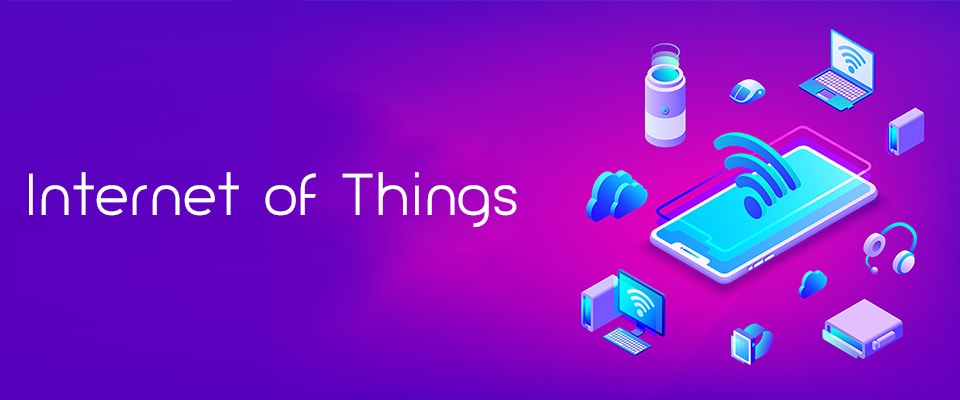
Node.js became one of the most desirable options for the businesses of all shapes and sizes looking forward to building their private and public IoT systems. The most apparent benefits of Node.js as a back-end tool for such networks is its capability to process numerous concurrent requests and events generated by thousands or even millions of devices running on the network. The influx of requests and data from IoT devices does not slow down Node.js servers owing to the event-driven architecture and asynchronous handling apt for I/O-heavy functionalities on the IoT network. This makes Node.js blazing fast as an application stratum between these devices and databases used to accumulate data instigating from them.
Multifaceted Single-Page Applications

Single-Page Applications (SPAs) are a widely used methodology to web development in which the complete app is set-up on a single page with the intention of facilitating the end-user an experience quite comparable to a desktop app.
Node.js is a great choice for SPAs because of its efficient management of asynchronous requests and substantial I/O workloads nature of these applications. Technically speaking, its event loop turns on the “delay” option for the multiple real-time requests from the customers, which further assures seamless switches between views and unified data updates. Furthermore, this framework performs effectively with data-driven SPAs, wherein the server works as a backend that delivers data to the client while the client does the complete HTML implementation.
Real-Time Cohesive Tools
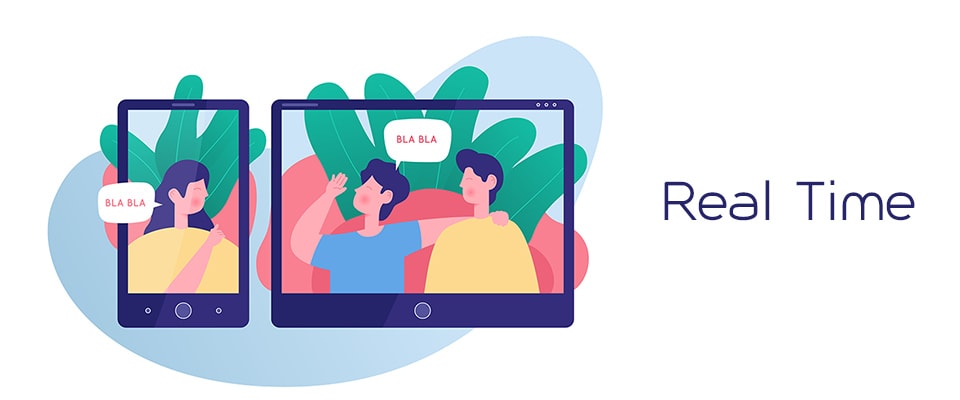
Real-time cohesive applications are basically used for co-browsing, project management, video and audio conferencing, file or app sharing, two-way editing of documents, and much more. The WebSockets and Event API features of the Node.js streamline the heavy I/O operations. It doesn’t hang the server even when multiple users are working and server-side events and data sent back to the client within the stipulated time.
By sending push notifications to the client, Node.js will also promptly update the cohesive environment so that all users have a single and logical exemplification of the application.
Online Streaming apps

Native Stream API of Node.js makes the development of streaming apps possible. This framework has an interface with readable and writable streams that are quite easy to be administered and supervised.
Wrapping up
Node.js is indisputably one of the best options to go with provided you are thinking about developing applications with substantial client-side implementation, handling multiple real-time requests, and recurrent dissemination of data from client-side to a server. Hire Node.js Developers and get started with your upcoming business-critical app development with the use of powerful Node.js framework.
Also Read: How to setup Appium with Cucumber and Node.js?
